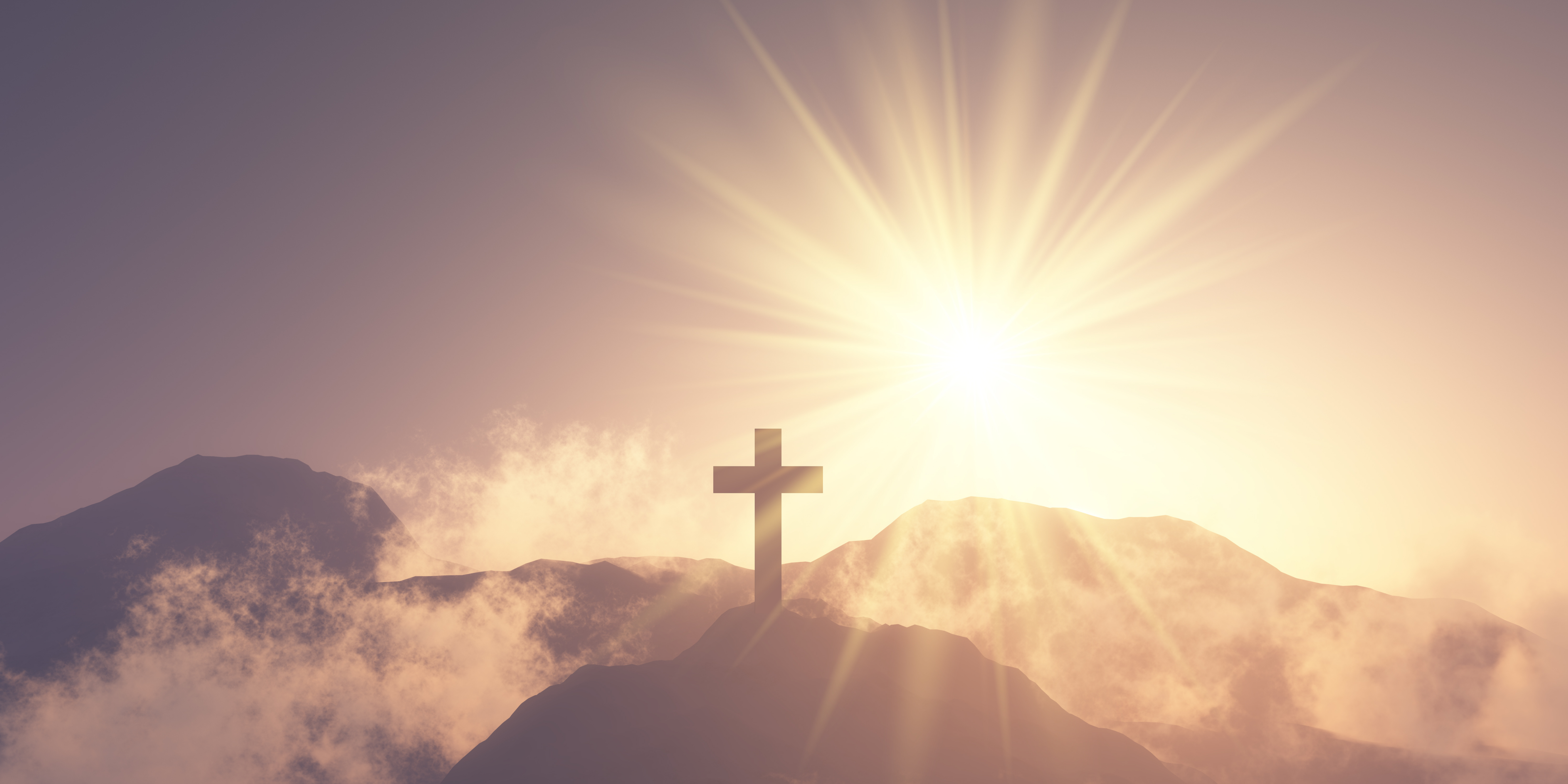How important is the Resurrection in the totality of our faith as Christians? So fundamentally important is it that St. Paul tells us in his first letter to the Corinthians (15:17) that “…if Christ has not been raised, your faith is vain.” Indeed, all four Evangelists describe the death and resurrection of the Lord in powerful and explicit detail, making it abundantly clear that these two juxtaposed events form the basis of our salvation. Yet we were not there to witness with our own eyes these astonishing events; nor did we observe any of the Lord’s many appearances after He had risen. Nevertheless, it is our belief, our faith in the telling words of Scripture that gives us the hope and the gravity that draws us toward God and the promise of our own resurrection and heavenly reward.
But what if there were something that could enhance our faith in the Resurrection…something we could actually see today that would be evidence of this crucially important event? One could travel to the Holy Land and visit the traditional site of Christ’s burial, which millions have done. But there is another “piece of evidence” that deserves our thoughtful consideration: The Shroud of Turin. This is reputed to be the linen burial cloth used to cover the body of Jesus as He lay in the tomb. Although the Shroud has a murky early history, it surfaced publicly in the year 1354 and has been housed in the town of Turin in northern Italy since 1578.
The Shroud, which bears the front and back images of a bruised and bloodied body, had been examined for centuries by numerous scholars and curiosity seekers when suddenly something new came along: photography. The first photograph of the Shroud, taken in 1898, revealed a startling phenomenon. The image on the cloth is actually a negative, meaning that the photographic plate presented a positive representation. This opened up a whole new world of interest and examination, much of which centered around the authenticity of the Shroud and whether the image was truly that of Jesus. Much has since been written about the Shroud, leading to equal amounts of speculation and controversy.
Fortunately for me, my first encounter with a book about the Shroud was a very positive one. Titled A Doctor at Calvary and first published in France in 1950, the book is written by Dr. Pierre Barbet, a specialist in archeology and Scripture as well as being a surgeon. Dr. Barbet describes his examination of the Shroud in exquisite, though sometimes tedious, detail. His conclusions are extremely convincing. First of all, what artist would have ever conceived the notion of painting a negative image? Secondly, and perhaps more astonishing-–there is no paint to be found anywhere on the cloth. Instead, there is blood! The good doctor reveals to the reader the wounds of a scourged and crucified man that appear in surprising detail for one who is viewing the Shroud with an open mind and heart. The angle of the whip marks, the blood flow from pierced hands and feet and the crown of thorns…they all point so directly and dramatically to the body of the now risen Jesus.
So if you get a chance in these final weeks of Lent, do a little reading about the Shroud of Turin. If your faith in the Scriptures and the Resurrection can use a little more convincing, it seems the Lord has left us an additional, unique piece of evidence that encourages us all the more to shout, “He is risen! Alleluia!”
My best wishes for a holy Lent and a happy and blessed Easter.






